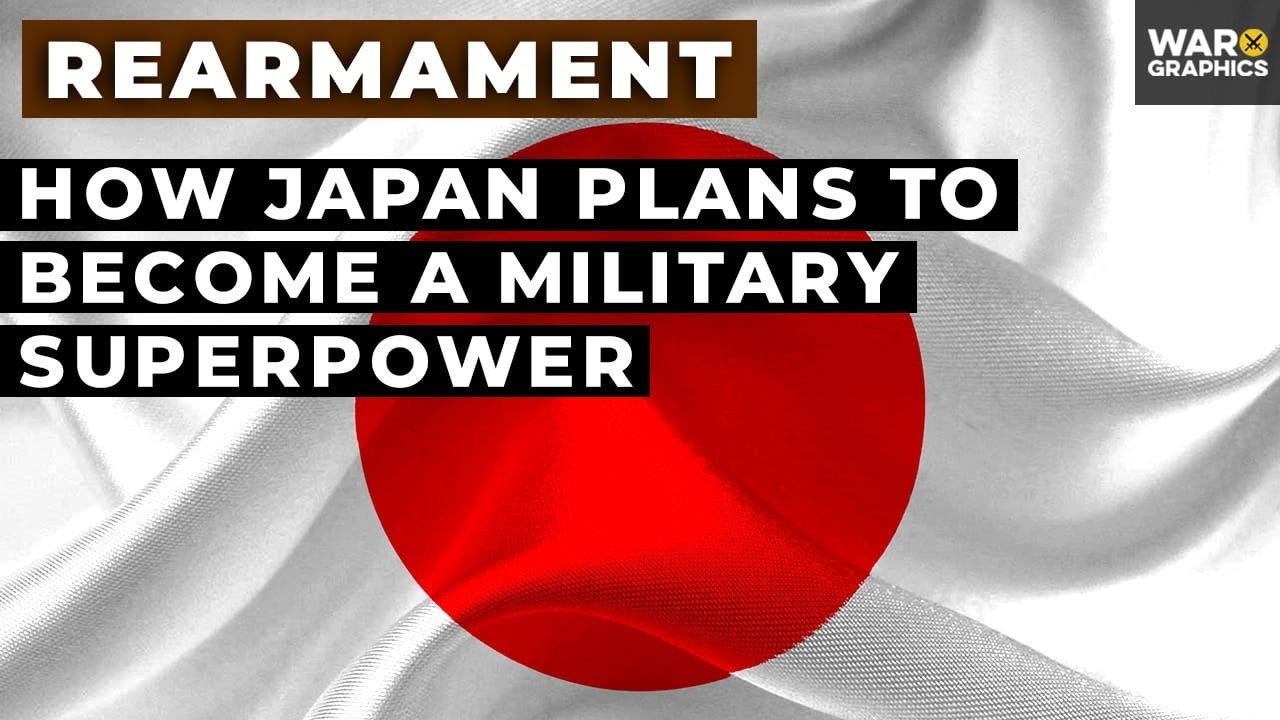- Japan plans the largest military buildup since 1945, aiming to become the world’s third-largest defense spender.
- The shift in defense policy includes acquiring the capability to strike mainland China and bolstering maritime, air forces, and island defenses.
- Prime Minister Fumio Kishida’s government updated Japan’s key security documents for the first time since 2013, highlighting a move from a purely defensive stance to a more assertive military posture.
- The defense spending spree aims to reach closer to 2% of GDP, up from the traditional cap of 1%, leading to a projected defense budget of 321 billion US dollars from 2023 to 2027.
- Japan’s rearmament is partly driven by the increasing aggression from China and the geopolitical lessons drawn from Russia’s invasion of Ukraine.
- The plan includes purchasing 500 Tomahawk cruise missiles from the USA and developing domestic production capabilities for military technology.
- Despite the ambitious plans, Japan faces significant challenges, including constitutional constraints, manpower issues, and financial limitations.
- The aging population and declining birthrate pose a severe challenge to expanding the military workforce.
- Japan’s defense initiatives raise concerns about the sustainability of funding and the ability to modernize its military forces effectively.
- The effort to become a military superpower reflects Japan’s strategic choice to adapt to changing geopolitical realities in Asia.
This summary has been generated by AI.

Leave a Reply